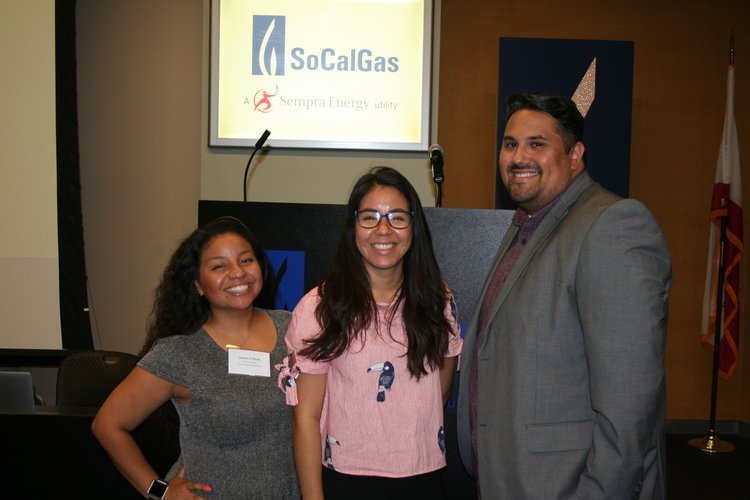Guest speaker, Blanca Pacheco, a local Attorney and councilwoman, visited the MADE Work Experience students late last week to discuss the realities of being a professional and some of the expectations young people may have for certain fields of work and study. Ms. Pacheco began by speaking about her personal story and why she became an attorney. Using video clips and real-life examples Pacheco was able to lift the veil so-to-speak.
In her words, “people think that being a lawyer is always about having an exciting or high-profile case, and working in the courtroom. But there are attorneys that never step foot inside the courthouse or speak in front of a judge.” Not to say that this is a negative thing, but it’s one of the many misconceptions that many people have about her career. Pacheco did a great job showing, not just telling. For students to truly understand what a career is like, they must experience it. In order to do so, Pacheco put the students through an exercise.
The biggest part of Pacheco’s practice isn’t always constructing an argument for her client in the courtroom. Her student exercise was meant to put students through a realistic, everyday, type of scenario. That being said, what’s more important than a living will and healthcare directive? While it may be true that most kids don’t think about these kinds of things in their teens, the activity provided DUSD students with a look into what keeps an attorney, such as Pacheco, busy and allows her practice to keeps its doors open.
The MADE Work Experience program is giving incoming seniors a rare look into the lives of professionals in many different fields, not just the practice of law. Recently, Alan Zack, the President of Carrot, paid a visit to the program. Carrot is addressing the unprecedented challenges that our society and the world are facing. The company is centered upon innovative problem solving and designing programs to incentivize young people to change the world for the better. Mr. Zack is one of a few business people that were chosen to speak with the participants.
Later this week, the program will come to an end. Most of the 35 students who have participated are finished clocking their hours and are now working on the culmination presentations. On Thursday, July 27th, at Vazza Café in Downey, participants will show off everything they’ve learned and will celebrate their experience with local leaders, business owners and DUSD faculty.





